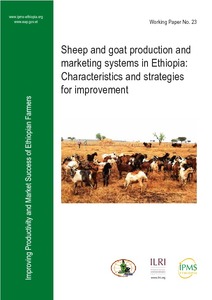Policy Framework for Pastoralism in Africa: Securing, Protecting and Improving the Lives, Livelihoods and Rights of Pastoralist Communities.
This document contains the Policy Framework for Pastoralism in Africa, which was drafted by the Department of Rural Economy and Agriculture of the African Union Commission.









